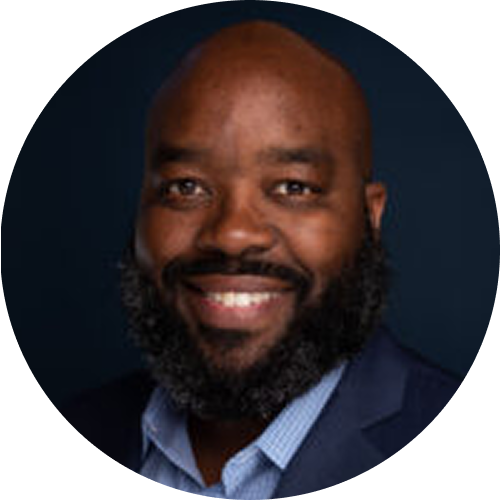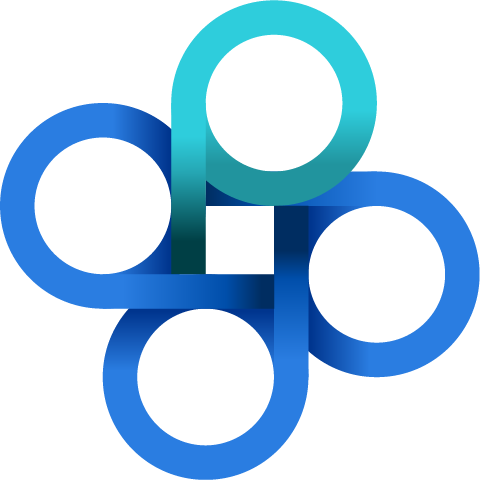marketing
rapport
Season 3 Episode 9
Modern Lead Gen Is About Understanding, Then Calling
RESOURCES ❯ The Marketing Rapport Podcast
Episode Summary
In this episode of The Marketing Rapport, host Tim Finnigan sits down with Matt Tillman, founder of Tillman Consulting Group, to unpack the evolution of lead generation and the critical role of data in modern marketing. With over 25 years of experience, Matt traces the journey from printing leads on paper to leveraging verified data that transforms leads into qualified prospects.
Matt explains how today’s marketers can use data not just to find consumers—but to better understand them. By shifting from “call to understand” to “understand, then call,” businesses are creating more relevant conversations and driving higher conversion rates. He also shares real-world tactics from his LeadsCon presentation on operationalizing data to improve sales performance.
The conversation dives into compliance, consent, and the future of personalization. Matt outlines how brands can verify contactability, enrich leads in real time, and stay ahead of privacy regulations—all while building better customer experiences.
Guest-at-a-Glance

- Name: Matt Tillman
- What they do: Founder & Principal Consultant
- Company: Tillman Consulting Group
- Noteworthy: Pioneer in digital mortgage lead generation with 25+ years in data-driven marketing
- Where to find them: LinkedIn
Key Insights
- Use Data to Start the Conversation Smarter
Modern lead generation goes beyond basic contact details. With access to verified property data and consumer identity signals, marketers can approach leads with context and relevance from the start. This eliminates the need for guesswork and allows sales teams to skip the “qualification” phase.Instead, conversations start with insight, boosting credibility and speeding up decision-making. Consumers feel recognized, not interrogated, which increases their willingness to engage. As Matt explains, this shift is about delivering value earlier and more effectively, turning what used to be a cold lead into a warm opportunity before the first phone call.
- Better Leads Only Work if Sales Is on Board
A higher-quality lead won’t drive results unless sales knows how to act on it. Matt highlights the need for operational alignment: marketing must provide enriched data and support sales with new messaging, scripts, and training. This is especially important when moving from a volume-based to precision-focused model.With the right enablement, fewer leads can lead to better close rates, less churn, and improved ROI. But when teams aren’t aligned, even the best leads fall flat. True lead quality is a team outcome, not just a marketing metric.
- Compliance and Consent Are Now Core to Lead Strategy
Data privacy isn’t just legal overhead—it’s central to lead generation strategy. Matt shares how one-to-one consent, TCPA rules, and contact verification practices are now shaping how brands acquire and handle leads. Tools like real-time text verification help ensure compliance while building trust with consumers.This also reduces waste by filtering out bad data before it reaches sales. Today’s consumers expect transparency and penalize brands that fall short. When compliance is built into the funnel from the start, it protects the business and improves lead quality and conversion rates across the board.
Episode Highlights
The Early Days of Lead Generation
[09:00 – 13:00]
Matt walks listeners through the early operational challenges of digital marketing and lead distribution. Back then, leads were printed, packed, and shipped to lenders via FedEx, and if you missed the daily pickup, it could delay the entire workflow. He shares colorful stories from the GetSmart days, including troubleshooting a lead delivery issue that turned out to be nothing more than an empty printer cartridge. These moments illustrate how far lead tech has come and underscore how much modern efficiency depends on reliable, automated data systems.
“25-plus years ago, leads were coming out of a printer. A consumer would submit their information online, and suddenly, we’d have a paper from the printer. If you missed that pickup, lenders would call the next day: ‘Where are my leads?’ There was no way to get them other than waiting. Then we started emailing leads using security software called PGP—Pretty Good Privacy. I once flew from San Francisco to Boston only to find a script printed leads from email directly to her printer…and her printer had no toner.”
Risk-Taking in Media Buying
[05:00 – 06:30]
Matt reflects on a time when his team at Adme would spend up to $750,000 in a single day to secure the MSN homepage. While that kind of spend would terrify most small companies, their confidence came from deeply understanding the data. By testing, modeling, and applying scientific discipline to their marketing decisions, they turned massive media risks into revenue. This section highlights the power of data-informed courage and how bold moves can pay off when grounded in real insight.
“At that time, that was the Super Bowl of advertisements. There were questions about how a company so small could take that media risk, but it was about the data. We made informed decisions using data to make it profitable. Companies saw that this sort of company was available to partner with. From a sales standpoint, business grew significantly.”
Building Marketing Infrastructure for Scale
[07:30 – 08:45]
Matt explains how the idea for Tillman Consulting Group came from brands struggling to scale under new compliance rules, especially one-to-one consent. Rather than relying on intermediaries, he helped clients create direct relationships with publishers. This gave them more control over how traffic was generated, how data was handled, and how leads were qualified. Matt emphasizes that infrastructure, not just strategy, is the foundation of modern marketing success.
“This business was based on companies needing to generate their marketing and traffic. Leaders from buyers I’d worked with asked: ‘What can you do to help us scale?’ This was when one-to-one consent was the industry buzzword. I had relationships with publishers and traffic sources, connecting brands directly to sources providing one-to-one consent opportunities.”
Personalization Through Life Stage Awareness
[23:00 – 24:00]
Matt and Tim explore how marketers can go deeper than age or generation when building segments. Instead of relying solely on demographic cohorts, smart marketers map messaging to life stages, like when a child turns 16 or a customer moves homes. This level of insight enables more timely, emotionally relevant outreach. Matt adds that knowing your audience is only half the battle—you must also communicate what you know in your ads, landing pages, and conversations.
“You need to know what’s happening in that person’s life. For your home and auto policyholders—do they have a child turning 16? You should message that way. You need to know major life events and speak to them. Even when you identify the target segment, how do you speak to them in the ad, landing page, and eventually on the phone?”
Top Quotes
[14:09] Matt Tillman: “The property information is what loan officers need to work leads from an underwriting standpoint. It’s the combination of property data with consumer PII—just name, phone number, and email—that creates a more qualified lead than we had 25 years ago. This is verified data showing everything about the consumer and their property.”
[16:20] Matt Tillman: “I want people to understand—number one—use data, but secondly, you’ve gotta think about how you’re operationalizing that data within your infrastructure to support the enhanced data you’re providing.”
[16:37] Matt Tillman: “Instead of asking ‘What is your property’s value?’ you state: ‘I see your property is worth this.’ This changes the entire dynamic. Consumers expect you to know more.”
[19:51] Matt Tillman: “At the end of the day, businesses want conversions to sales. The question becomes: what does the math look like? Are you okay with one out of a hundred, or would you prefer one out of 10? Vastly different numbers. More work goes into the hundred to capture one. Ideally, most businesses would prefer a 10% close rate, with fewer leads of higher quality to improve operational efficiency.”
[24:07] Matt Tillman: “Even when you know the person—the target segment you’re identifying—how do you speak to them in the ad, landing page, and eventually on the phone?”
[24:07] Matt Tillman: “There’s a clear understanding that the data is valuable. We all can agree that it is. We can also agree that it does cost more to acquire the data, but there’s an education process in the data you’re acquiring to your sales teams about how do you utilize the output, meaning something as simple as a script will change.”
The views, thoughts, and opinions expressed are those of the speaker and do not necessarily represent the views, thoughts, and opinions of Verisk Marketing Solutions or Verisk Analytics. The material and information presented here is for general information purposes only.
This podcast is not intended to replace legal or other professional advice. The Lead Intelligence, Inc. (dba Verisk Marketing Solutions) and Verisk Analytics LLC names and all forms and abbreviations are the property of its owner and its use does not imply endorsement of or opposition to any specific organization, product, or service.
VERISK MARKETING SOLUTIONS DISCLAIMS ALL LIABILITY ARISING OUT OF ANY INDIVIDUAL'S USE OF, REFERENCE TO, RELIANCE ON, OR INABILITY TO USE THIS PODCAST OR THE INFORMATION PRESENTED IN THIS PODCAST.




 Your Privacy Choices for Platform Services | Data Services
Your Privacy Choices for Platform Services | Data Services